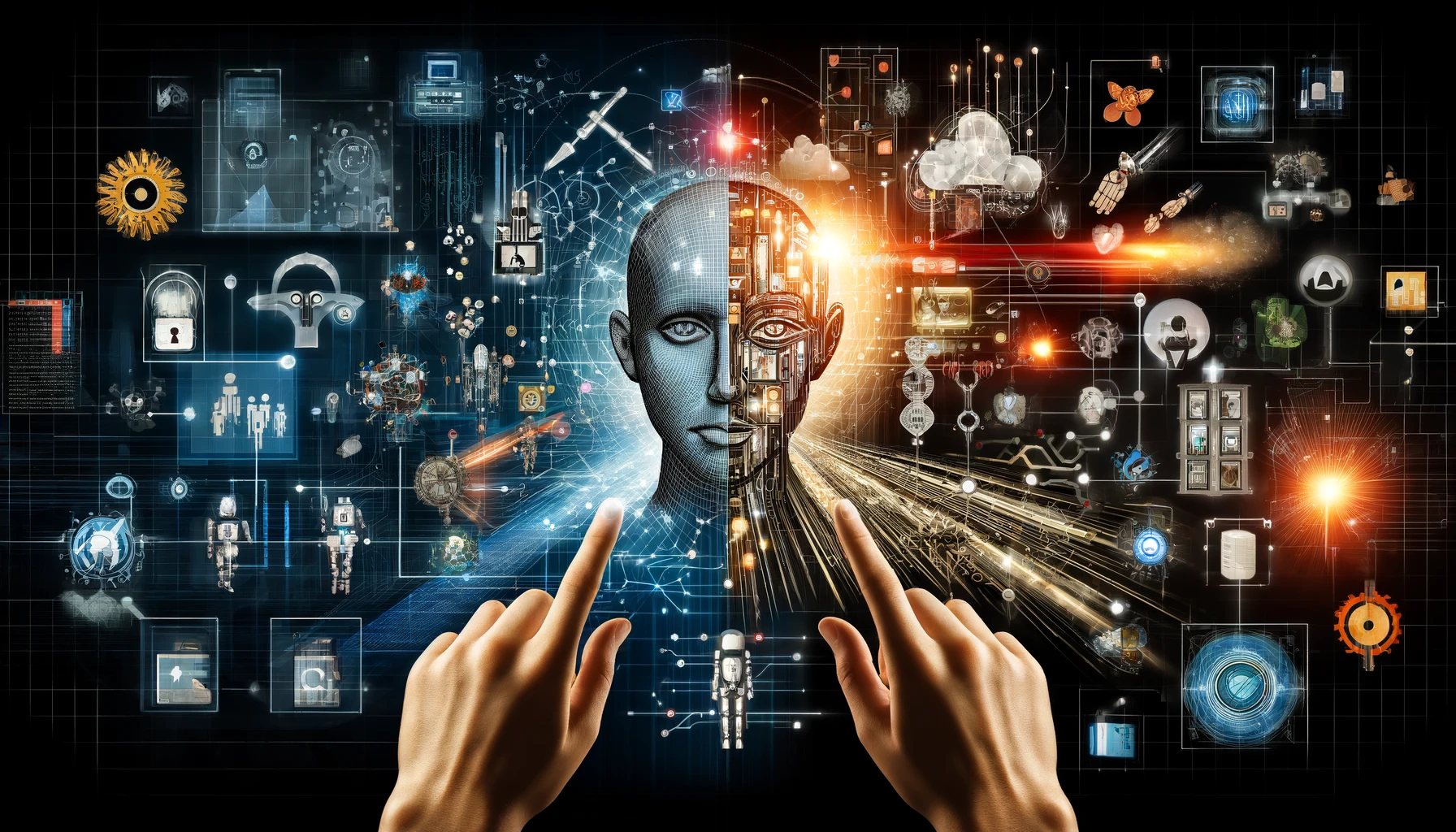
The Future of Cybersecurity: AI, Quantum & Beyond
As technology evolves at breakneck speed, so do the threats that endanger our digital world. Cybersecurity, once a niche concern for IT departments, has become a central pillar in business strategy, national defense, and personal privacy. But what does the future hold? The next frontier of cybersecurity is being shaped by Artificial Intelligence (AI), Quantum Computing, and other transformative technologies. Here’s how these developments are poised to redefine the cyber landscape.
1. Artificial Intelligence: Friend and Foe
🔐 The Defensive Side
AI is already a game-changer in cybersecurity. Machine learning models can detect anomalies in real-time, identify previously unknown threats, and automate responses to cyber incidents. AI-powered Security Information and Event Management (SIEM) systems reduce the burden on human analysts by filtering through vast amounts of data to flag suspicious activities.
-
Predictive threat detection: AI can anticipate attacks by identifying behavior patterns associated with previous breaches.
-
Faster response times: Automated incident response means threats can be neutralized before causing serious damage.
-
Fraud prevention: AI is key in analyzing transaction data to detect and block fraudulent activities in finance and e-commerce.
💣 The Offensive Side
Unfortunately, cybercriminals are also using AI. Deepfake technology can be used for social engineering attacks, and AI tools can rapidly scan for system vulnerabilities or create polymorphic malware that changes its code to avoid detection.
Bottom line: The AI arms race in cybersecurity is just beginning. Defensive systems must outpace offensive tools or risk falling behind.
2. Quantum Computing: The Cryptographic Earthquake
Quantum computing has the potential to revolutionize industries—but it also poses a massive risk to today’s encryption standards.
⚠️ The Threat
Most modern cybersecurity relies on encryption algorithms such as RSA and ECC. These are virtually unbreakable by classical computers, but quantum computers could crack them in minutes using algorithms like Shor’s.
-
Data at risk: Sensitive data transmitted today could be harvested and stored by attackers to be decrypted in the future (a practice called “harvest now, decrypt later”).
-
VPNs and HTTPS: Quantum computers could compromise the security of internet communications.
🛡 The Response
The cybersecurity community is already preparing for the quantum era:
-
Post-quantum cryptography: Research is underway to develop encryption methods resistant to quantum attacks. The National Institute of Standards and Technology (NIST) is in the process of standardizing quantum-safe algorithms.
-
Quantum key distribution (QKD): A futuristic method that uses the laws of quantum physics to create unhackable communication channels.
The challenge: Transitioning global systems to quantum-safe cryptography will be complex and expensive—but necessary.
3. Beyond: Trends Shaping Cybersecurity’s Next Decade
Beyond AI and quantum, several other trends are reshaping cybersecurity:
🌐 Zero Trust Architecture
The old model of “trust but verify” is being replaced by Zero Trust, where no user or device is trusted by default—whether inside or outside the network. This model is essential in a cloud-first, remote-work-driven world.
🧠 Cybersecurity Skills Gap
As threats grow in complexity, there’s a shortage of skilled professionals. This is driving demand for AI-augmented tools and creating opportunities for training platforms, bootcamps, and certifications.
🏛 Geopolitical Cybersecurity
State-sponsored cyberattacks are becoming more common, blurring the line between cybercrime and cyberwarfare. Nations are investing in offensive and defensive cyber capabilities like never before.
🧬 Bio-Cybersecurity
With the rise of biotech, wearables, and brain-computer interfaces, the concept of cybersecurity is expanding to include protection of biometric and neurodata—information pulled directly from the human body.
Conclusion: Preparing for a New Cyber Era
The future of cybersecurity is both exciting and daunting. AI will continue to transform how we detect and respond to threats, while quantum computing threatens to upend the foundations of digital security. As we move into this new era, the need for proactive, adaptive, and intelligent cybersecurity solutions has never been more urgent.
To thrive in this landscape, organizations must:
-
Invest in AI-driven security tools
-
Begin planning for post-quantum cryptography
-
Adopt zero trust principles
-
Educate teams continuously on emerging threats
The digital battlefield is evolving. Are you ready?
